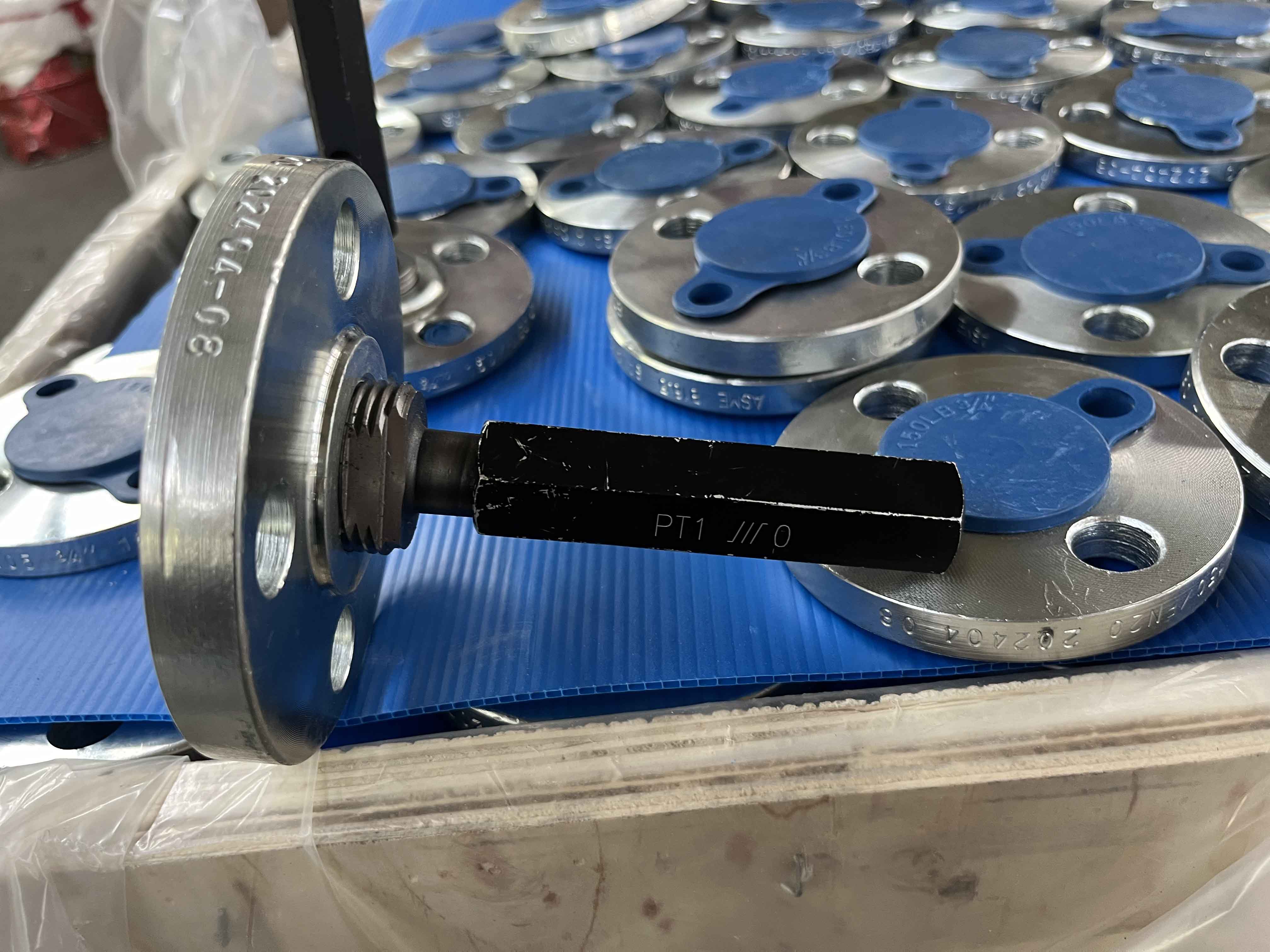Current location:
buttwelded
Date:2025-08-17 10:48:58 Read(143)

Understanding ASTM A106 Grade B Sch 40 A Comprehensive Guide ASTM A106 Grade B is a specification standard that plays a crucial role in the manufacturing and performance of carbon steel pipes, particularly in high-temperature and high-pressure applications. As a widely recognized standard developed by ASTM International, it outlines the requirements for seamless carbon steel pipes that are suitable for various industrial applications, including oil and gas, power generation, and chemical processing. Understanding ASTM A106 Grade B Sch 40 A Comprehensive Guide The Sch 40 designation refers to the schedule of the pipe, indicating its wall thickness. In this case, Schedule 40 pipes have a moderate wall thickness that balances strength and weight, making them versatile for use in a range of applications. The schedule is crucial in determining the pipe's internal pressure rating and overall strength, particularly when subjected to elevated temperatures. For instance, the nominal pipe size dictates specific diameters and wall thicknesses, which ultimately influence the flow rate and pressure capability of the piping system. astm a 106 gr b sch 40 When considering ASTM A106 Grade B Sch 40 pipes for a project, it is also essential to look at the allowed tolerances, yield strength, and tensile strength as specified in the ASTM guidelines. Typically, the yield strength is at least 240 MPa (35,000 psi), and the tensile strength ranges from 415 to 586 MPa (60,000 to 85,000 psi). These mechanical properties ensure that the pipes can handle significant stress and strain without failing. Furthermore, the manufacturing process for ASTM A106 Grade B pipes usually involves a seamless method, which provides superior integrity and performance compared to welded pipes. The absence of seams minimizes the risk of leaks and weak points within the structure, thereby enhancing the overall reliability of the piping system. In terms of applications, ASTM A106 Grade B pipes are extensively used in constructing pipelines for transporting water, steam, and gas. Their resistance to high temperatures makes them particularly suitable for power plants and industrial facilities where hot fluids are prevalent. Additionally, these pipes can be used in HVAC systems and in the petrochemical sector, underscoring their versatility and essential role in modern infrastructure. In conclusion, ASTM A106 Grade B Sch 40 pipes are fundamental components in various industries, thanks to their impressive mechanical properties, seamless construction, and adaptability to different pressure and temperature conditions. By understanding their specifications and applications, engineers and procurement professionals can make informed decisions that lead to efficient and safe piping solutions.
Share:
Previous: Based on the Indux WxH pump, we can develop a similar device with improved efficiency and functional
Next: Design and Analysis of Open Impeller for Enhanced Performance in Centrifugal Pumps
Kind tips:The above content and pictures are compiled from the Internet and are for reference only. I hope they will be helpful to you! If there is any infringement, please contact us to delete it!
You may also like
- astm sa 106
- Exploring the Dynamics of Pipe Cross Structures and Their Applications
- Exploring the Versatility and Applications of 15mm Threaded Couplers in Modern Projects
- Flange 32 Specifications and Applications in Industrial Settings
- Current Pricing Trends for 304 Stainless Steel Pipes in the Market Today
- Atlas Equipment Manufacturer in Hebei China specializes in manufacturing top-quality equipment.
- Flange Specifications and Applications for PN40 Standard Connections and Installations
- Exploring the Benefits of 1% and 4% Threaded Coupling in Engineering Applications
- Comparison of Flange Standards and Specifications for Industrial Applications